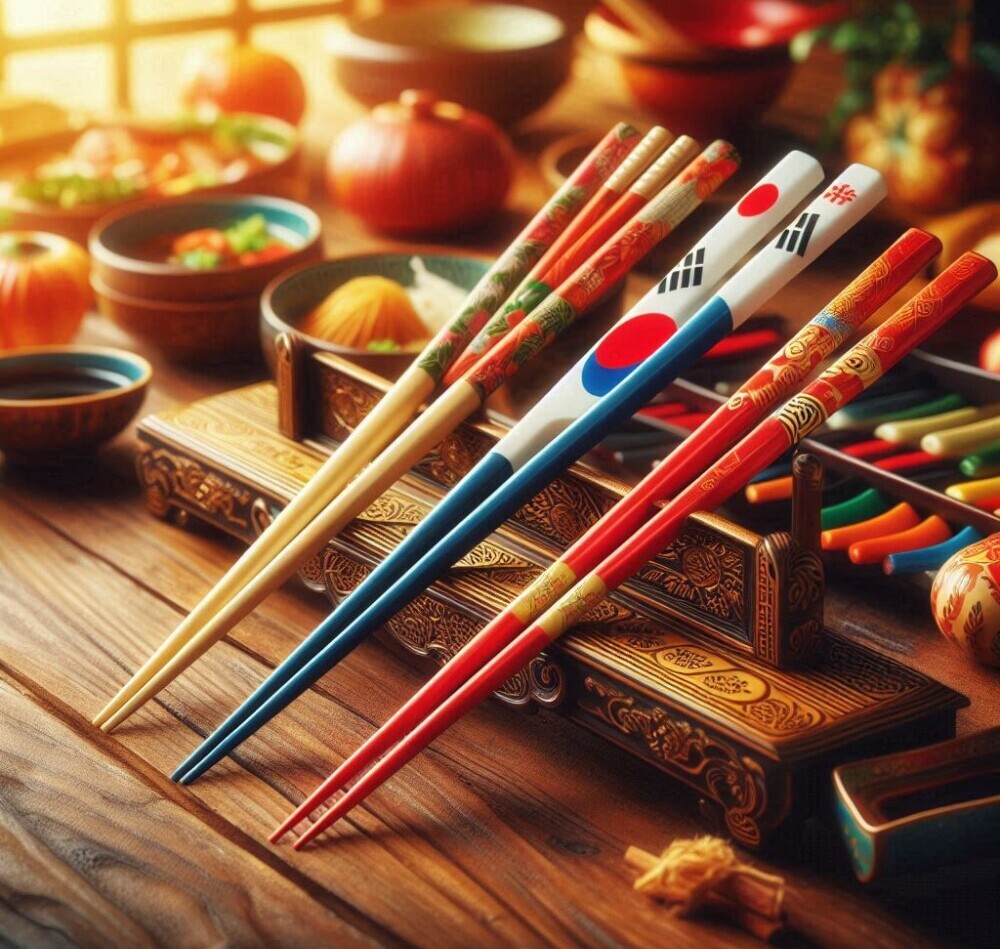
Chopsticks might seem simple, but across East Asia, their designs tell a fierce tale of history, etiquette, and national pride. While China and Japan kept their chopsticks elegant, Korea boldly went rogue—flattening theirs and forging them in metal. Was it rebellion against tradition? A power move against chopstick breakers? Or just sheer genius? The answer might surprise you…
Chinese chopsticks honor harmony, while Japanese ones refine precision—but Korean chopsticks? They’re the rebels of the trio. When their neighbors clung to wood, Korea declared, ‘No more splinters,’ and crafted sleek, indestructible metal sticks. Some call it defiance; others call it brilliance. Either way, it’s a chopstick revolution you’ve been missing.
Chinese Chopsticks
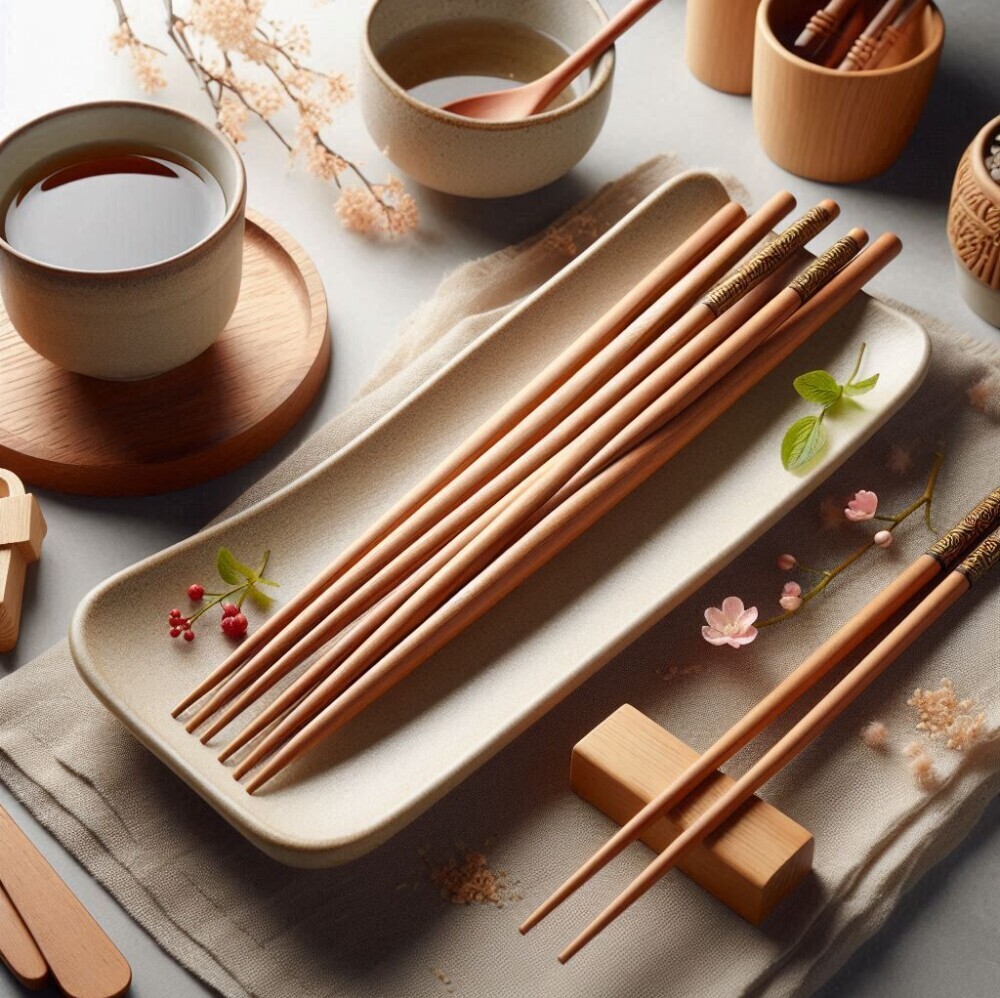
Chinese chopsticks (kuài zi) boast a rich history spanning thousands of years. They didn’t just serve as eating tools; they played a crucial role in Chinese culture and daily life, seamlessly blending beauty with utility. Originally simple sticks, they gradually evolved into refined instruments that showcase the elegance of Chinese craftsmanship.
Typically longer than their Japanese and Korean counterparts (25–30 cm), Chinese chopsticks are usually crafted from bamboo or wood, offering both durability and comfort. Their design features a square shape near the grip that tapers into rounded ends. This length perfectly complements China’s family-style dining, where dishes rotate on lazy Susans and are shared among many.
Chinese dining etiquette enforces strict chopstick rules. Always avoid sticking them upright in rice—this act mimics funeral incense and invites bad luck. Similarly, never tap bowls or point chopsticks at others, as these actions show disrespect. Ultimately, your chopstick handling demonstrates your respect for tradition.
Chinese dining thrives on communal sharing, and chopsticks are designed accordingly. They effortlessly pick up large portions of stir-fries, noodles, or hot pot ingredients. Elegant yet practical, these chopsticks mirror China’s communal values while standing apart from Japanese and Korean styles in both form and function.
Interested in Chinese chopsticks? Try these 100% Natural Bamboo Chopsticks—eco-friendly, comfortable, and perfect for authentic Chinese cuisine (or any meal!):
Dishwasher Safe Chinese Wooden Chopsticks (10 Pairs)
-
Easy grip – Hand-polished, non-slip
-
Eco-conscious – Reusable & biodegradable.
-
Handmade comfort – Smooth finish, lightweight yet durable.
But what about the chefs? Upgrade your cooking game with these 42cm Natural Wood Cooking Chopsticks—long enough to keep your hands safe from heat and splashes! Perfect for frying, hot pot, and more. Eco-friendly, non-slip, and easy to clean. A must-have for any kitchen! Get yours here:
Chinese Wooden Extra Long Cooking Chopsticks
Japanese Chopsticks
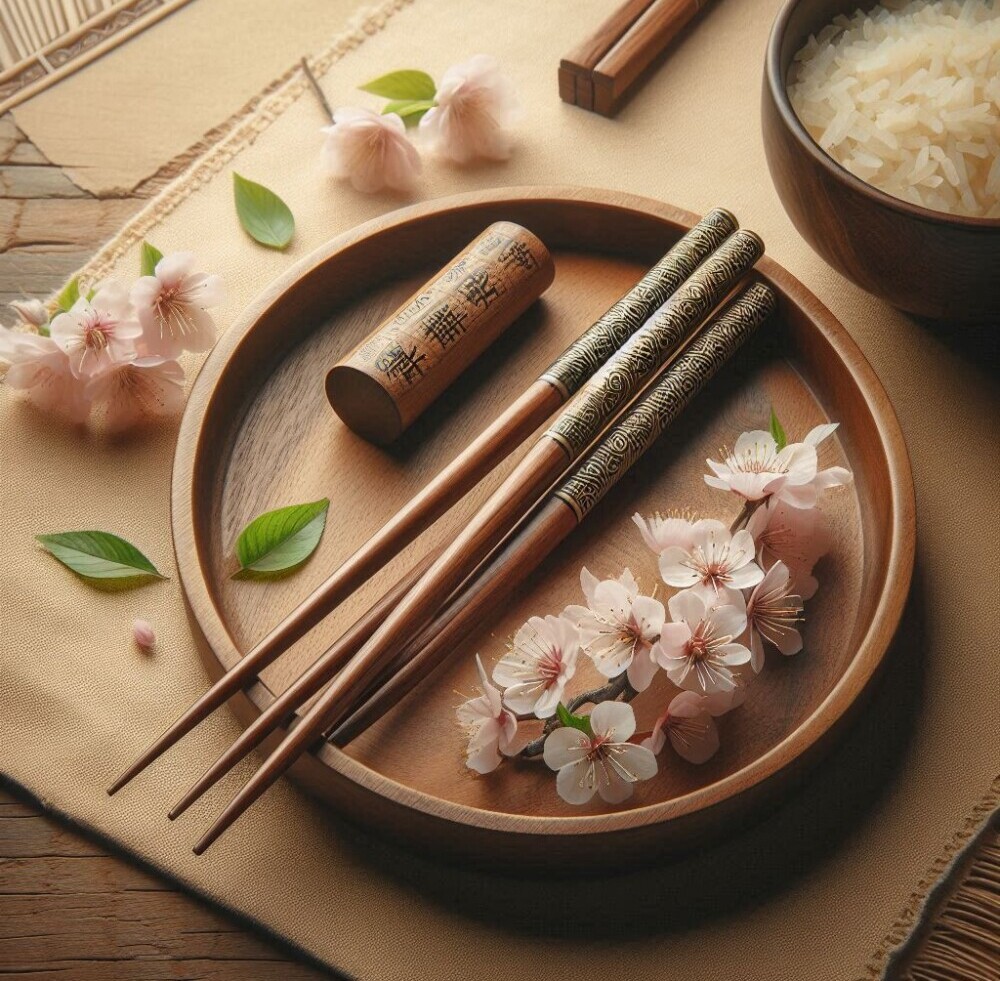
Japanese artisans craft chopsticks (hashi) to embody meticulous precision and practicality, mirroring their culture’s obsession with detail. They measure 20-23 cm – shorter than Chinese versions – to suit individual servings. Craftsmen often use lacquered wood, boosting durability while creating an unmistakable glossy finish.
The design of Japanese chopsticks features a rounded or pointed tip. Their tapered tips aren’t just aesthetic—they’re engineered for delicacy. Whether handling delicate foods like sushi or untangling ramen noodles, this design ensures control. Meanwhile, Japanese dining etiquette strictly governs chopstick use: passing food directly between chopsticks evokes funeral rites, while diners place them on rests to signal pause. Every detail threads into Japan’s culture of respect.
Different meals even demand specialized styles. For example, variant styles exist for cooking versus eating, or for consuming sushi compared to sweets, revealing how deeply function and artistry intertwine in Japanese dining. Compared to Chinese or Korean designs, these chopsticks distinctly adapt to Japan’s culinary finesse.
Antner – 5 Pairs Handmade Natural Wood Chopsticks Japanese Chopsticks
Try these beautiful, natural wood Japanese chopsticks—perfect for everyday meals or gifting. With a smooth 9″ design and secure grip, they’re ideal for beginners and seasoned users alike. Plus, they come in a lovely gift box! Discover them here.
Korean Chopsticks
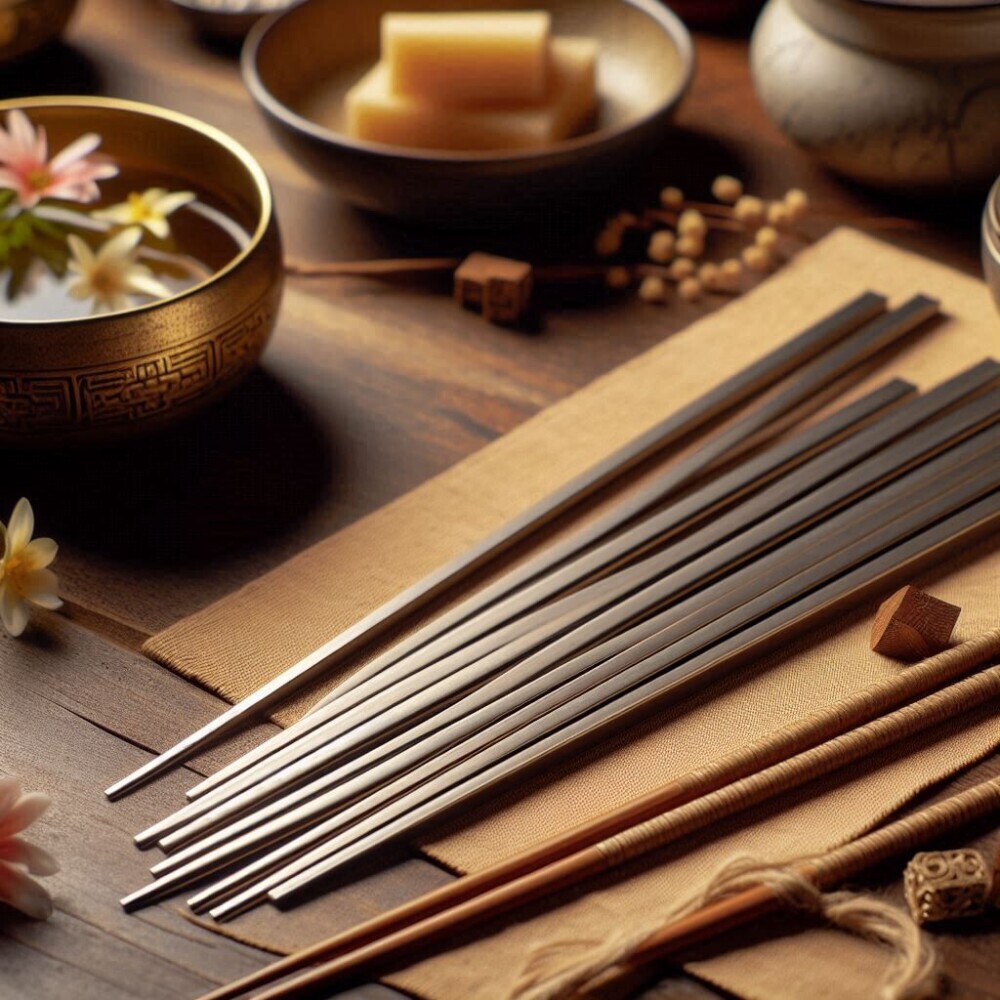
Korean chopsticks (jeotgarak) immediately stand out with their bold fusion of function and tradition. Unique from the get-go, Korean chopsticks are usually made of metal—traditionally brass or silver, though stainless steel is common now. This makes them different from the wooden or lacquered chopsticks seen in China and Japan.
Korean chopsticks are typically flat and somewhat shorter, measuring about 19 to 20 cm. This flat design wasn’t purely for style; it was practical too. The metal is durable, hygienic, and resists stains from Korea’s spicy, fermented dishes, while the shape ensures a secure grip for intricate bites. In Korea, dining etiquette with chopsticks includes some unique guidelines. For instance, unlike in Japan, it’s completely fine to pass food from chopstick to chopstick. When dining with others, Koreans rest chopsticks parallel to the table to indicate a pause or the end of a meal, ensuring clarity in communication without words.
Originally a status symbol reflecting wealth, metal chopsticks now symbolize resilience. Though heavier than wood, they excel at handling banchan (side dishes) and shared plates. Uniquely Korean, they marry innovation with heritage and stand proudly distinct from the wooden variations of Chinese and Japanese chopsticks.
TIICOO Metal Chopsticks – Reusable 18/8 Stainless Steel, Laser Engraved Premium Titanium Japanese Chopsticks
Sleek, stylish, and built to last—these Korean stainless steel chopsticks combine modern design with unbeatable durability. Perfect for gifting or elevating your everyday meals. Shop the set!
Mastering chopsticks is just the beginning! To complete your Asian cooking toolkit, pair them with a properly seasoned carbon steel wok – the secret to achieving authentic wok hei (breath of the wok) flavor in stir-fries. Here’s how to choose and care for your perfect wok.
Key Takeaways
-
China: Long, wooden, communal—etiquette-heavy
-
Japan: Short, lacquered, precise—ritual-refined
-
Korea: Flat, metal, durable—rebelliously practical
Each design isn’t just a tool but a cultural manifesto. Which style speaks to you? Try all three, and taste the history in every bite. Let us know which is your favourite!
*Here’s a little transparency: Our website contains affiliate links. This means if you click and make a purchase, we may receive a small commission. Don’t worry, there’s no extra cost to you. It’s a simple way you can support our mission to bring you quality content.*
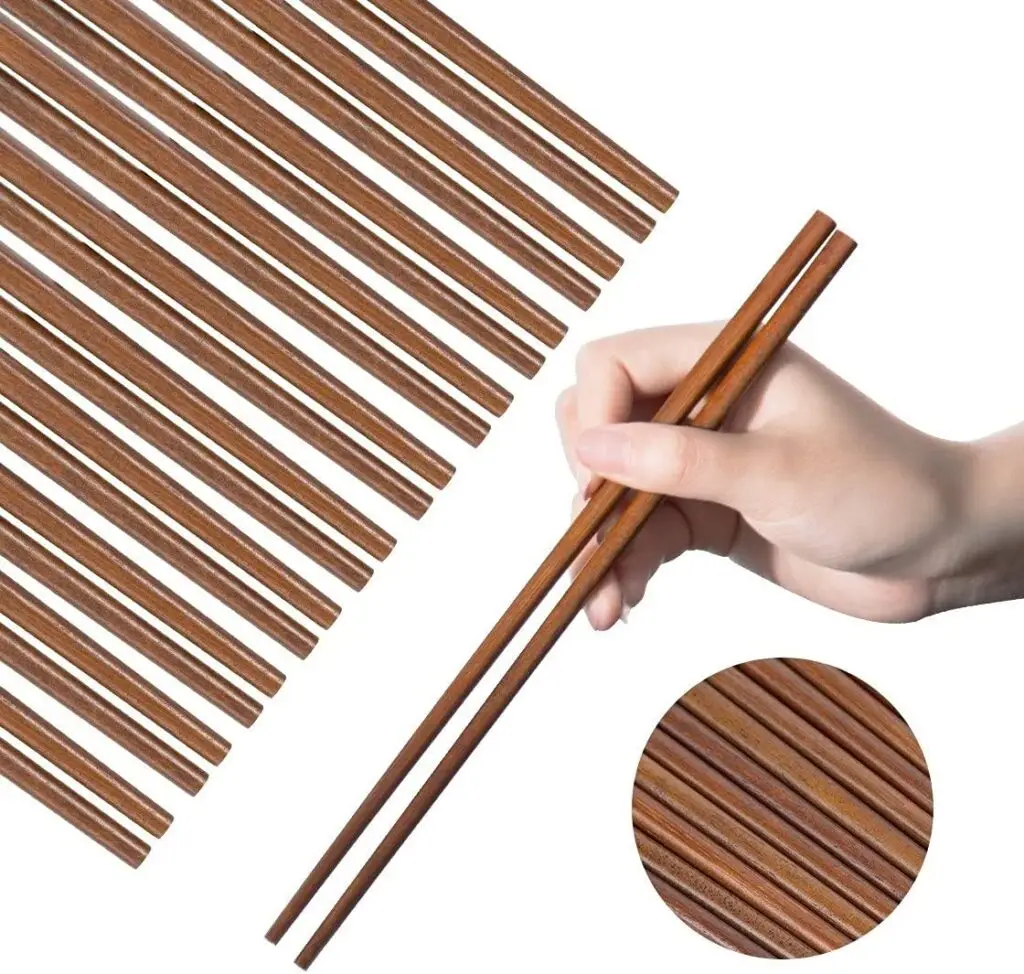
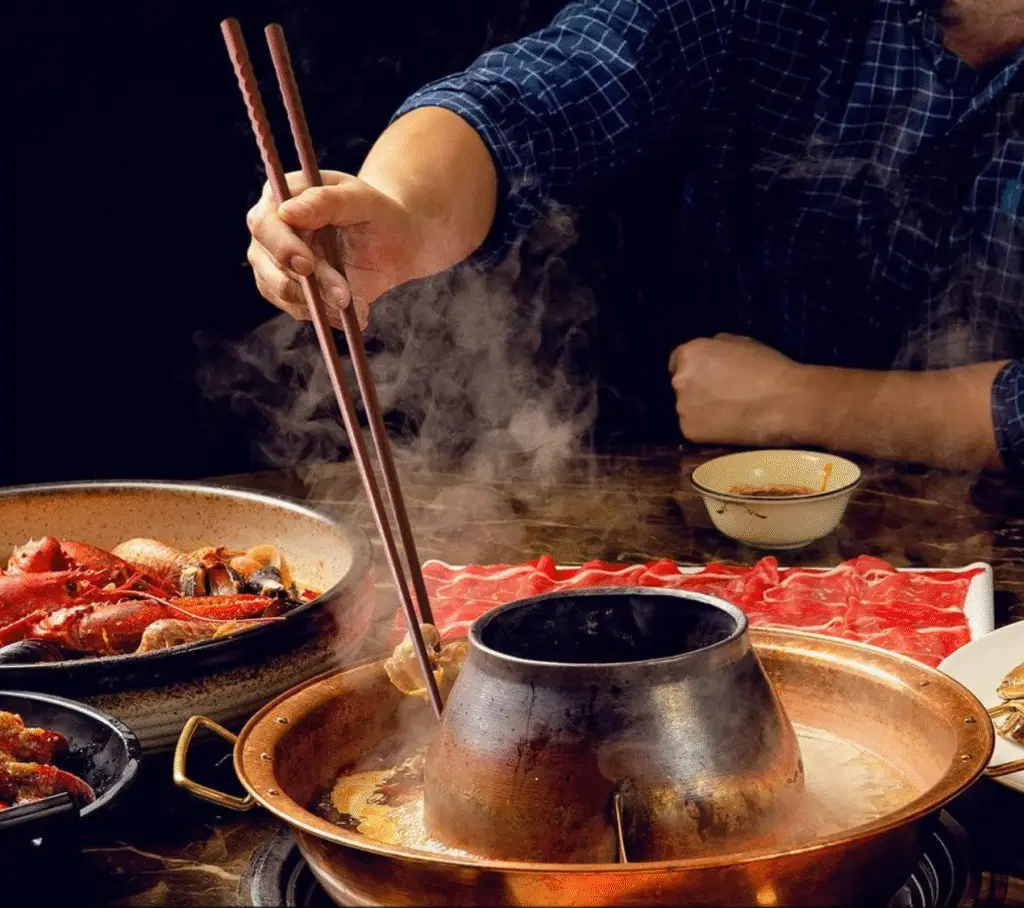
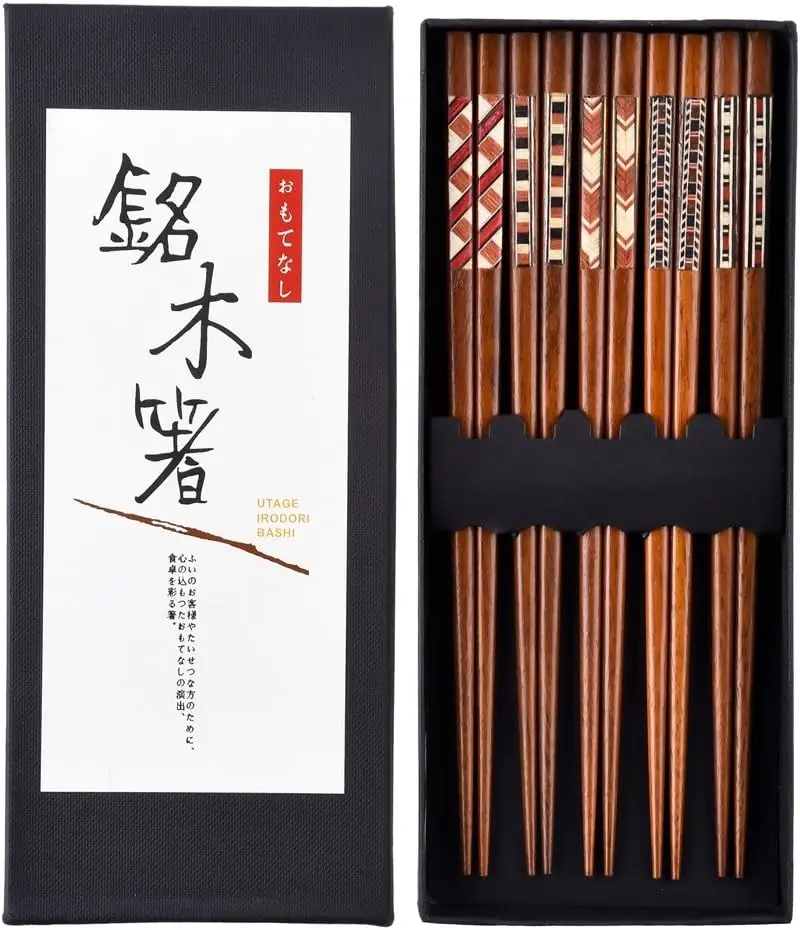
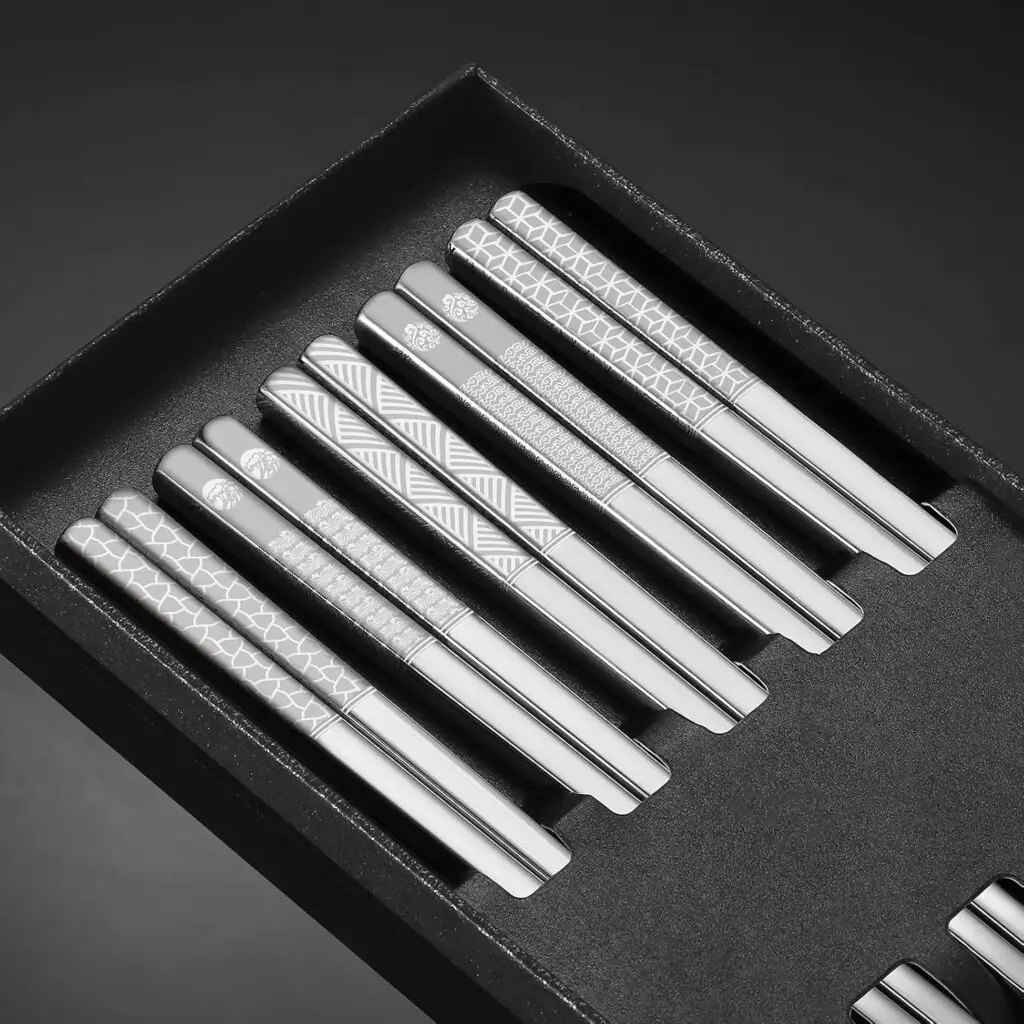
This is very interesting, great article! I have family friends who have been wanting to master using chopsticks. For children or for beginners, what type of chopsticks would you recommend?
Great question! I would say Chinese style chopsticks would be the easiest for a child to use due to their even thickness and length. But, one of the best options could be purchasing a pair of beginner’s ‘training’ chopsticks. This way, they can get used to picking up food without constantly dropping or misaligning their chopsticks! This will definitely bring them closer to chopsticks mastery :).
Thought I was a master of the chopstick until I tackled the Korean flat metal ones…tricky!
Right?! Korean metal chopsticks are the ultimate chopstick boss level 😆. But keep practicing—you’ve got this!
Saw the comment above. He’s not wrong. I eat a load of Asian food and while I reckon the metal ones must last way longer, they’re just way too skinny and annoying to eat with. Maybe it’s just me 🤨